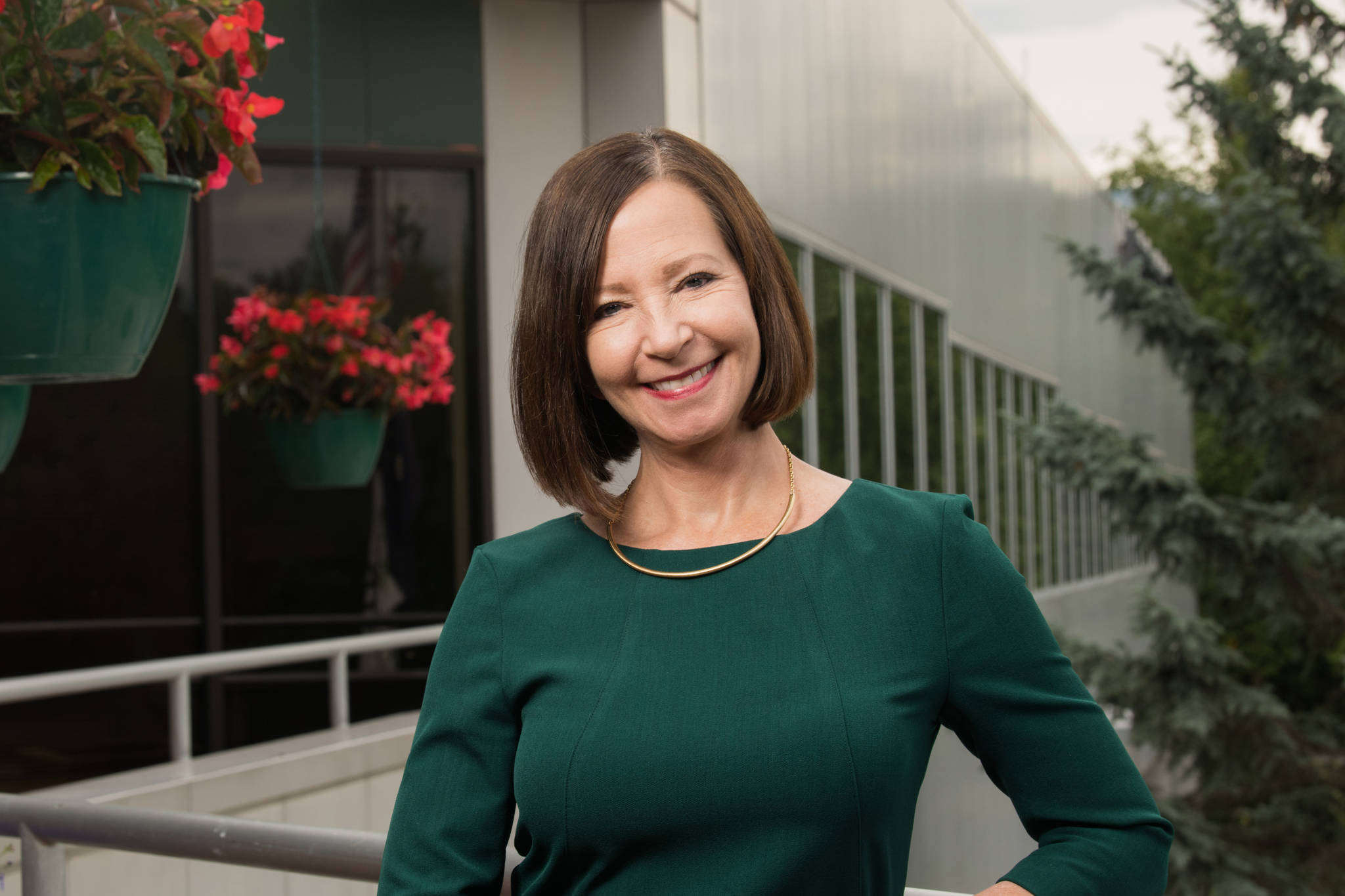Many of you have heard me describe UAA as Alaska’s modern, relevant, connected urban-metropolitan university. UAA has become the school of choice for Alaska’s best and brightest, and we open our doors to anyone seeking opportunity through education. UAA is Anchorage’s hometown university. We’re here to solve real-world problems. These words cannot fully describe the important asset UAA has become over its history.
At no time has the value of UAA to this community been more apparent than during our current response to the COVID-19 pandemic.
For the last 15 years, UAA biology researchers have been studying coronavirus strains, most recently in bats in Alaska, developing tools that can now be applied to the virus that causes COVID-19. Mutated coronavirus strains jumping from bats to humans are known to be the cause of the SARS outbreak in 2003 and the MERS outbreak in 2012.
Our researchers have partnered with the Centers of Excellence for Influenza Research and Surveillance to standardize, catalog and make data accessible to everyone around the world, with the hope of painting a clearer picture of regional coronavirus variants.
In addition to this research, the UAA College of Health is working to graduate up to 72 nursing students early so that they can join the health care workforce in Alaska. The college is coordinating with relevant university offices, the Alaska Board of Nursing and the accrediting agency.
These students are completing their course requirements on an expedited timeline and will apply for temporary licensure that qualifies them to practice for six months. They will follow up with completion of the licensing exam that all nursing students take to become a permanent RN.
The college’s Alaska Center for Rural Health and Health Workforce is working with the Alaska Department of Health and Social Services COVID-19 Task Force to quickly develop a medical supply survey tool to track supply usage and restock rates used by the state to prioritize and distribute critical medical supplies.
Additionally, a research team from the UAA College of Health’s Division of Population Health Sciences and Institute for Circumpolar Studies used epidemiological modeling to predict the number of COVID-19 hospitalizations in the Anchorage and Mat-Su area. The report found without recent state and municipal intervention policies aimed at sheltering in place and social distancing, Alaska’s medical infrastructure would become overwhelmed.
The report, which was shared with Anchorage Mayor Ethan Berkowitz, Alaska Gov. Mike Dunleavy and Alaska Chief Medical Officer Anne Zink, called for strengthening these intervention measures to “flatten the curve.” The researchers have now done similar modeling for the Fairbanks area.
UAA’s contributions also extend beyond the College of Health. An economist within the UAA Institute for Economic and Social Research and the College of Business and Public Policy has conducted analysis on the economic impacts of the COVID-19 pandemic on Alaska’s economy. A faculty member with expertise in international policy and disaster response is actively contributing to local planning efforts.
UAA engineering faculty have responded to requests by medical professionals to produce ventilator parts and personal protective equipment (PPE) using 3D printing technology available on campus. Another faculty member is adapting orthopedic surgical suits for use in screening COVID-19 patients.
The federally funded Small Business Development Center within the Business Enterprise Institute at UAA has consulted with over 200 small businesses in the state on strategies to mitigate financial losses due to business closures.
In addition, the institute’s Manufacturing Extension Partnership worked with the Alaska Legislature on an amendment to SB241. The bill extends the governor’s declaration of a public health disaster emergency in response to the COVID-19 pandemic and allows for temporary changes to state law. The amendment provides a liability waiver, making it possible for local manufacturers to produce badly needed PPE and allowing local health care providers to use it.
The UAA colleges of Health, Arts and Sciences and Engineering transferred supplies of personal protective equipment to the state for distribution to health care workers. UAA research labs have transferred needed chemical supplies to Alaska Native Tribal Health Consortium for use in COVID-19 testing.
UAA’s Alaska Airlines Center has been converted into a medical alternate care site to treat patients in the event local hospitals experience an influx of COVID-19 patients. UAA is making space available in two of its residence halls to house health care workers if the need arises. The university’s dining services is also standing by to provide support to health care workers. Similar responses have occurred at UAA’s community campuses.
We’ve produced a video series called “Ask a UAA Expert,” featuring just-in-time relevant information from faculty with expertise relevant to our COVID-19 response—everything from disaster recovery to talking with your kids about the pandemic to dangers the pandemic poses to rural Alaska Native communities.
This work and more commenced immediately as part of Alaska’s COVID-19 response without anyone having to ask. That’s what being a relevant, connected university means. UAA is not the ivory tower. I have always said UAA excels at applied research that solves Alaska’s most pressing problems. It is no surprise to me that UAA has stepped up magnificently in this current crisis. This is your hometown university. UAA is right here wherever, whenever you might need us.
Cathy Sandeen is chancellor of University of Alaska Anchorage.

